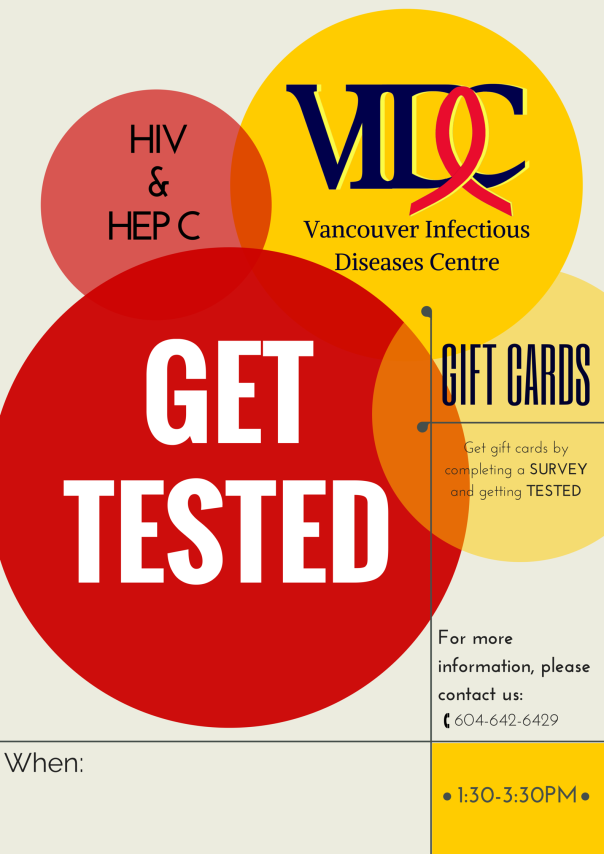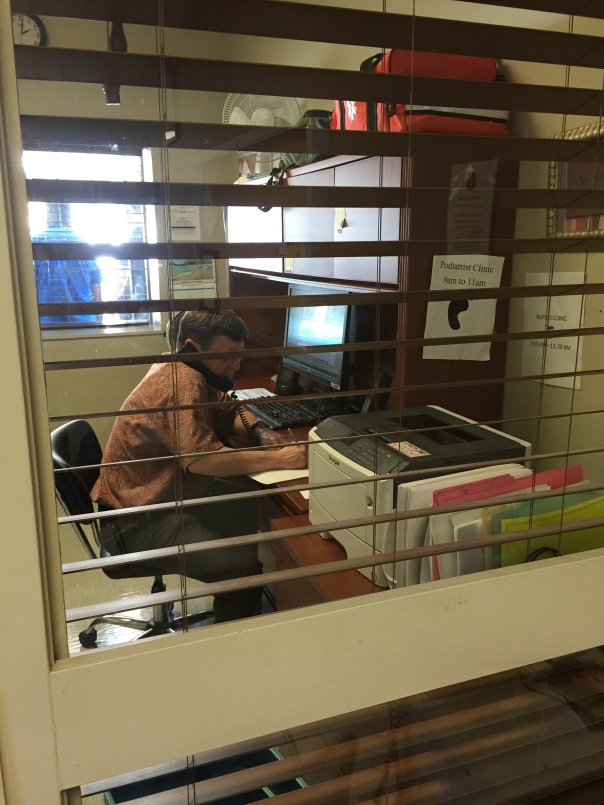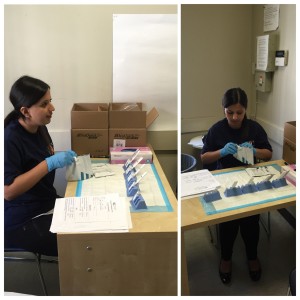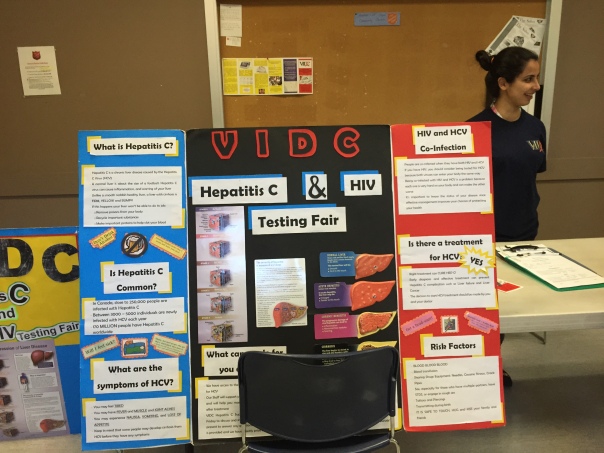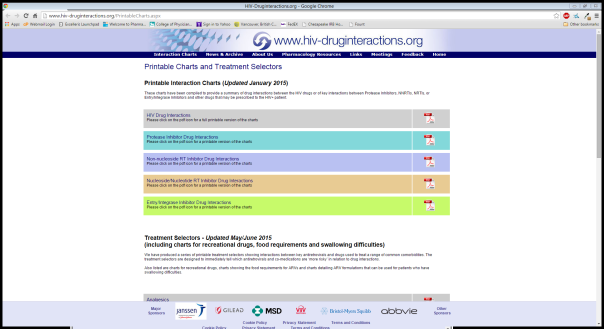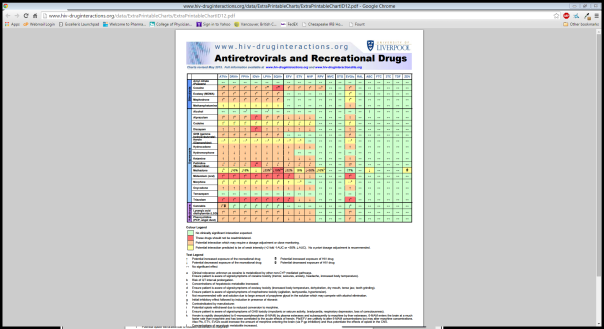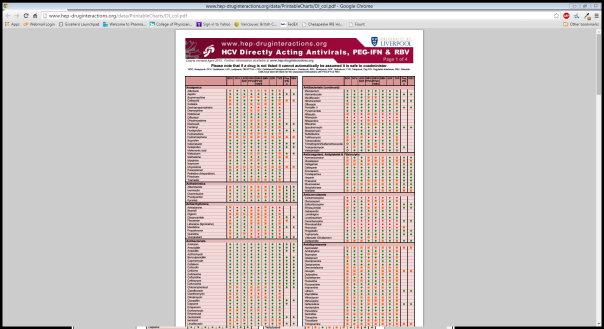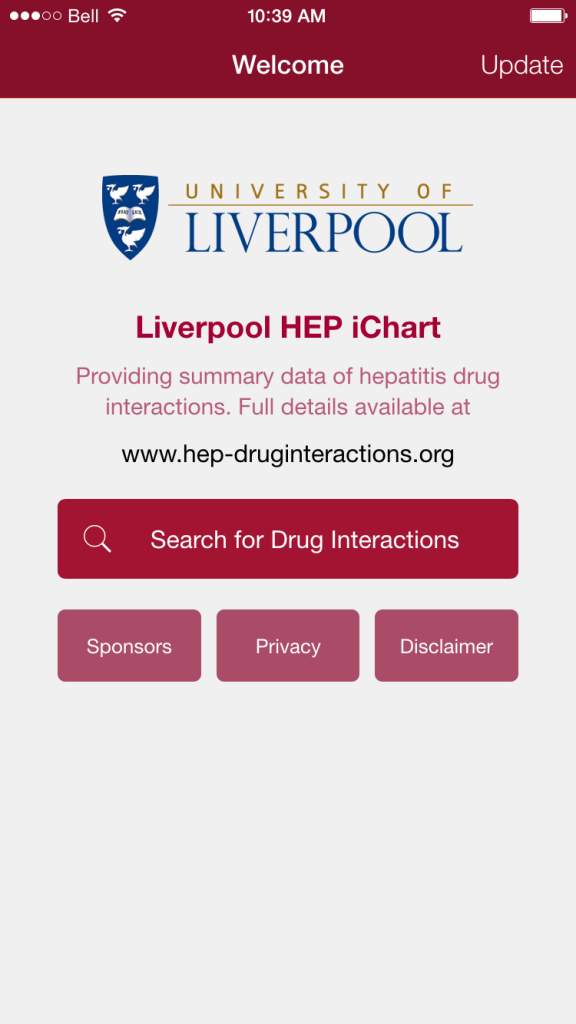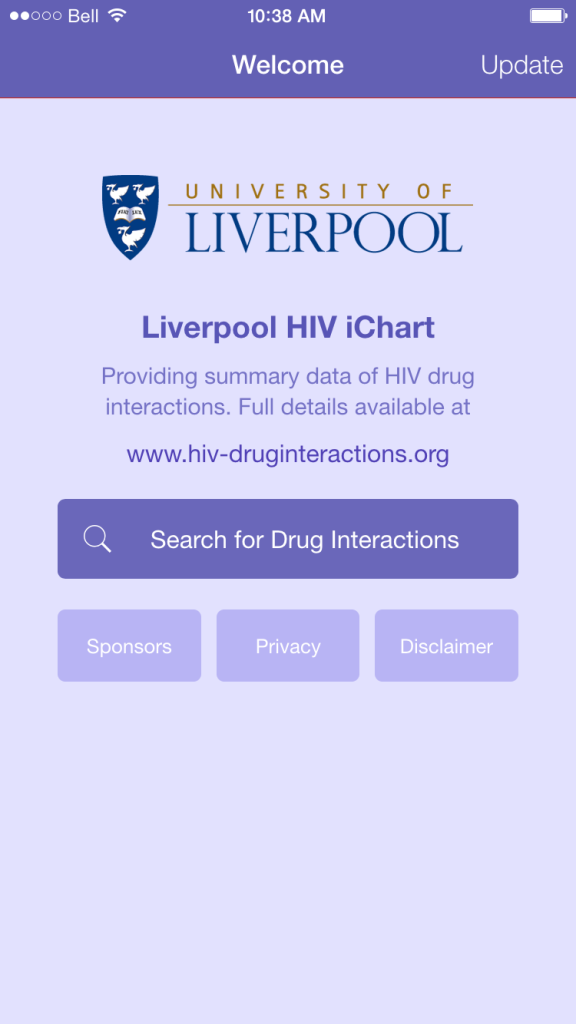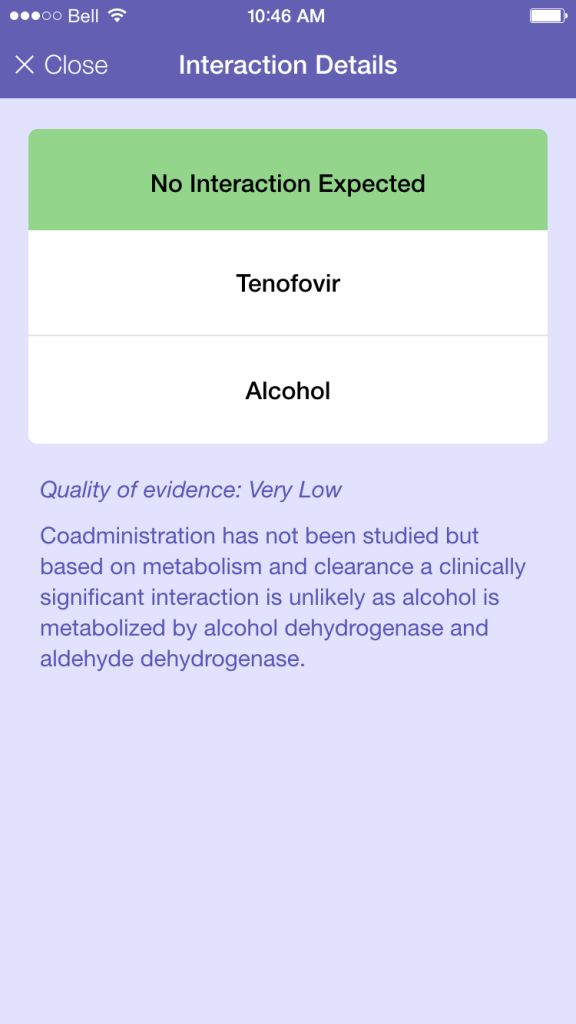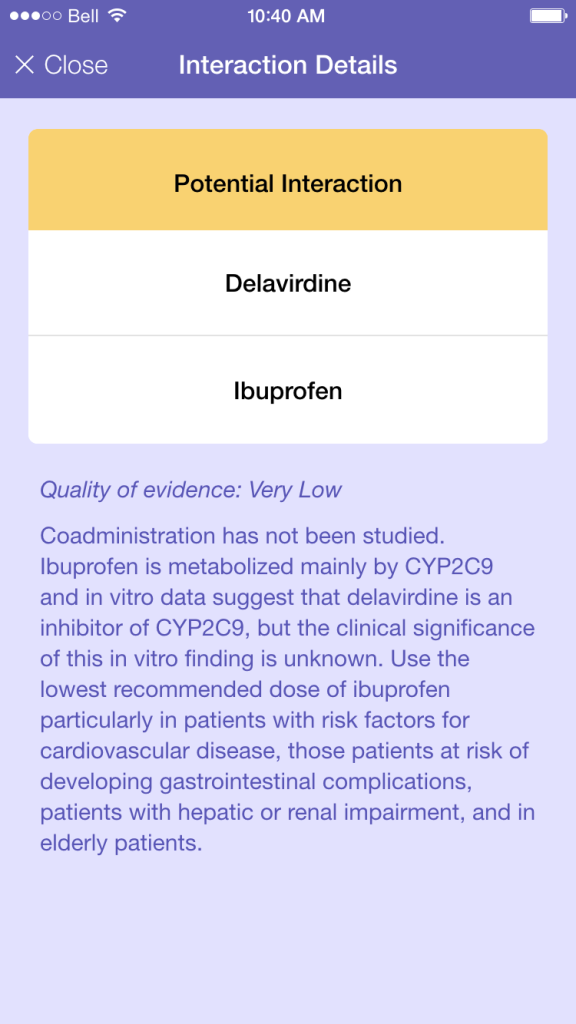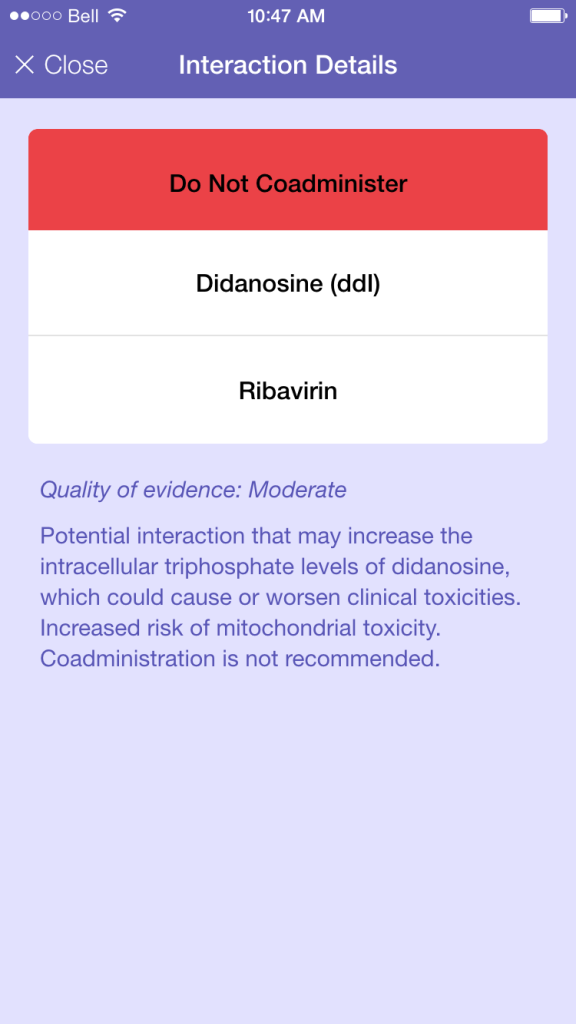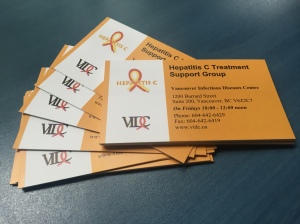Following the recently concluded IAS 2015 (international Aids Society Conference 2015) at the Vancouver Convention Centre last July 19-22, 2015, the Vancouver Consensus was created.
Here is a short excerpt from the Vancouver Consensus website:
In 1996 the global HIV community gathered in Vancouver to share evidence that triple-combination antiretroviral treatment held the power to stem the tide of deaths from AIDS. The treatment era had begun. Today, as we gather again in Vancouver, we recognize a new transformative moment in the fight to end AIDS.
…
We call on leaders the world over to implement HIV science and commit to providing access to immediate HIV treatment to all people living with HIV. We call on donors and governments to use existing resources for maximum impact and to mobilize sufficient resources globally to support ARV access for all, UN 90/90/90 goals for testing, treatment and adherence, and a comprehensive HIV response. We call on clinicians to build models of care that move beyond the clinic to reach all who want and need ARVs. We call on civil society to mobilize in support of immediate rights-based access to treatment for all.
Science has delivered solutions. The question for the world is: When will we put it into practice?
VIDC is proud to be one of the signatories of the consensus!
On July 24, Dr. Brian Conway, President & Medical Director of VIDC, proudly signed the Vancouver Consensus and invites all those who care about access to HIV treatment for all those who would benefit from it to do the same.
In light of data presented at the recent 8th International AIDS Society Conference on HIV Pathogenesis, Treatment & Prevention, it is now evident that all HIV-infected patients will benefit from the initiation of antiretroviral therapy, regardless of their CD4 cell count. It must therefore be our goal to identify and offer treatment to all men and women living with HIV infection. This is especially true of the most vulnerable and disenfranchised to whom we may offer care. For them, engagement in the health care system, and the prospect of benefiting from this engagement, may also be a positive tool of social change.
-Dr. Brian Conway
To read more about the Vancouver Consensus, and to view a complete list of the signatories, click here.
